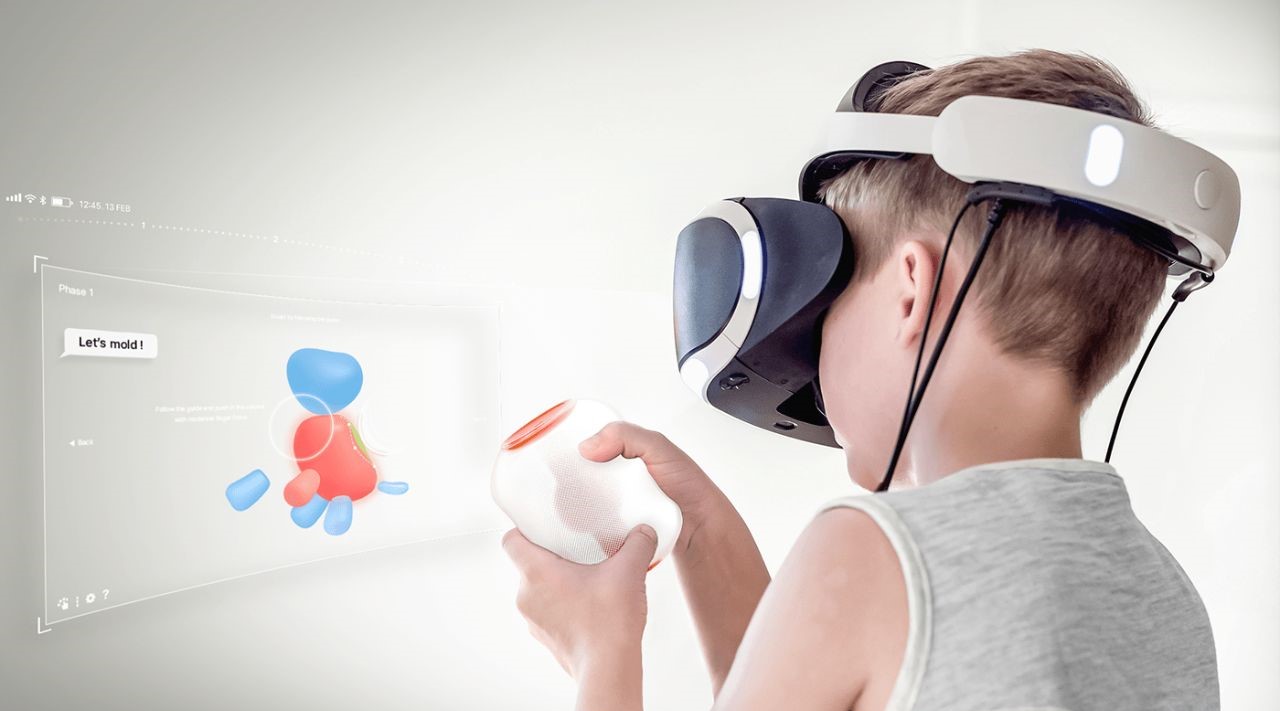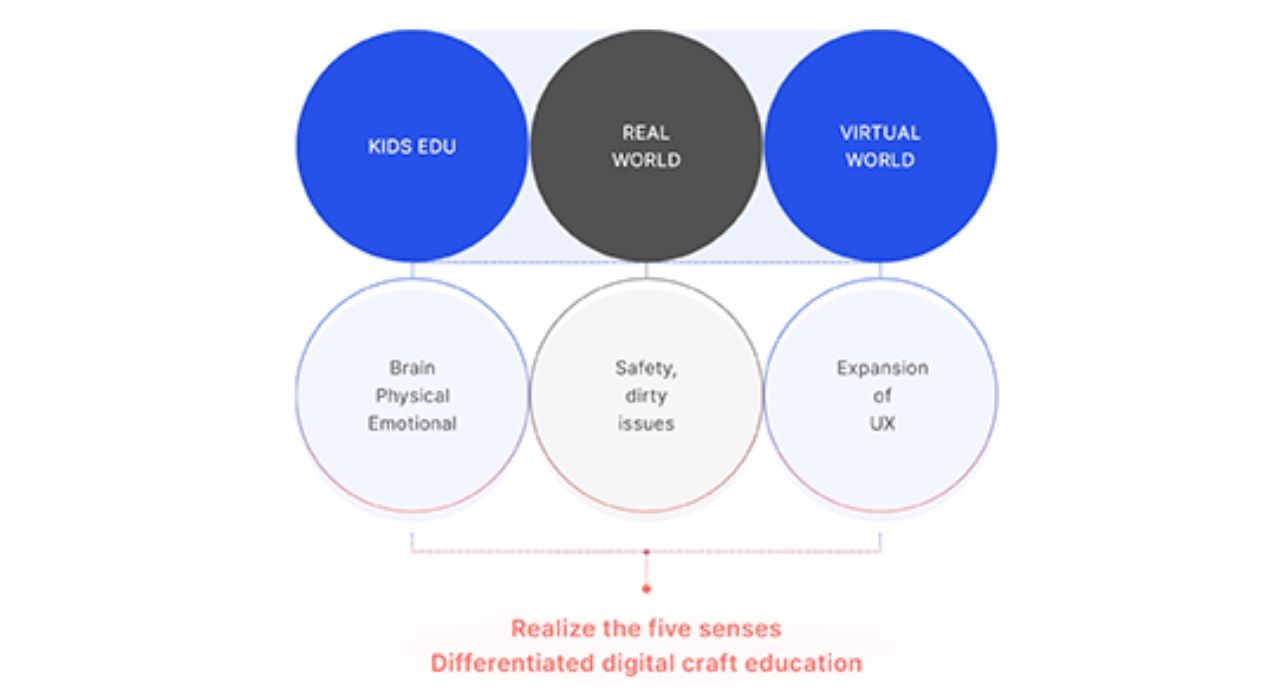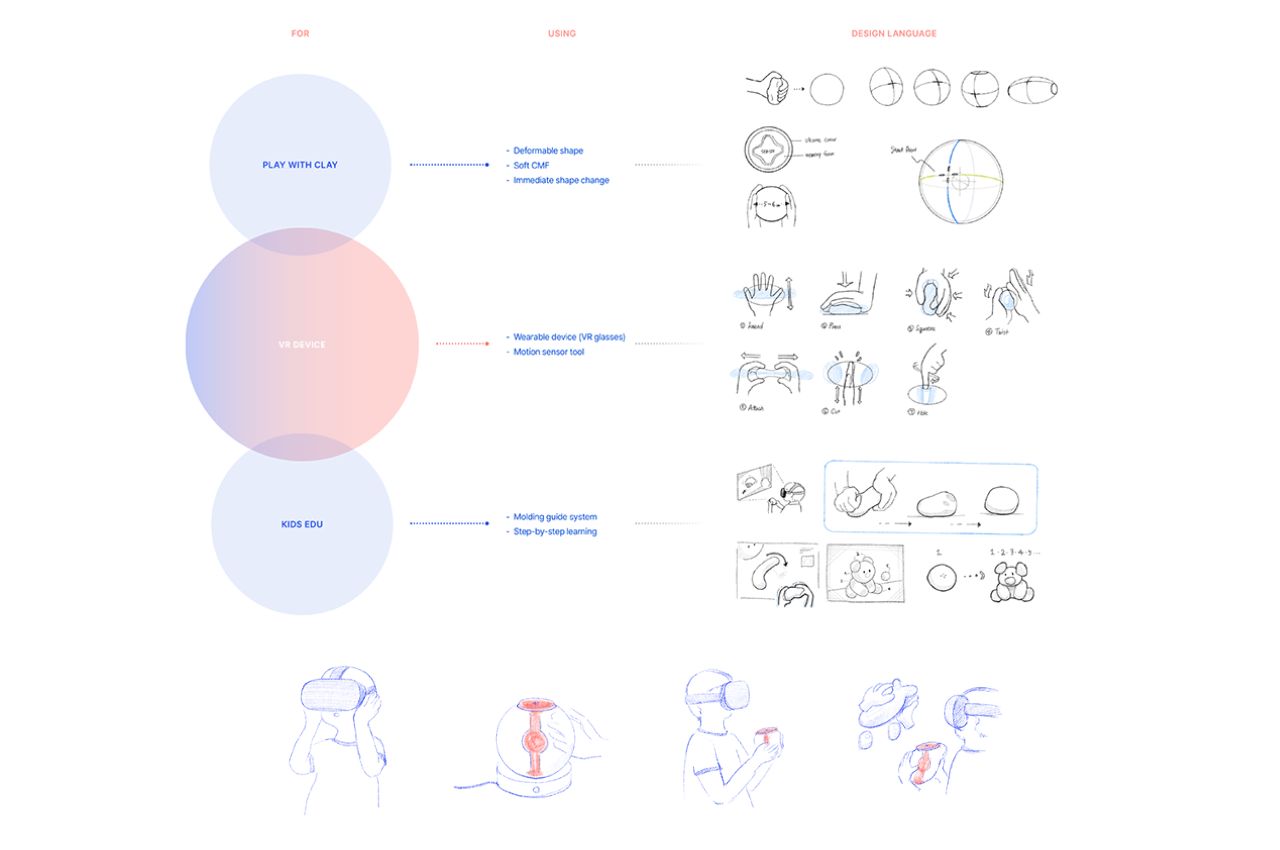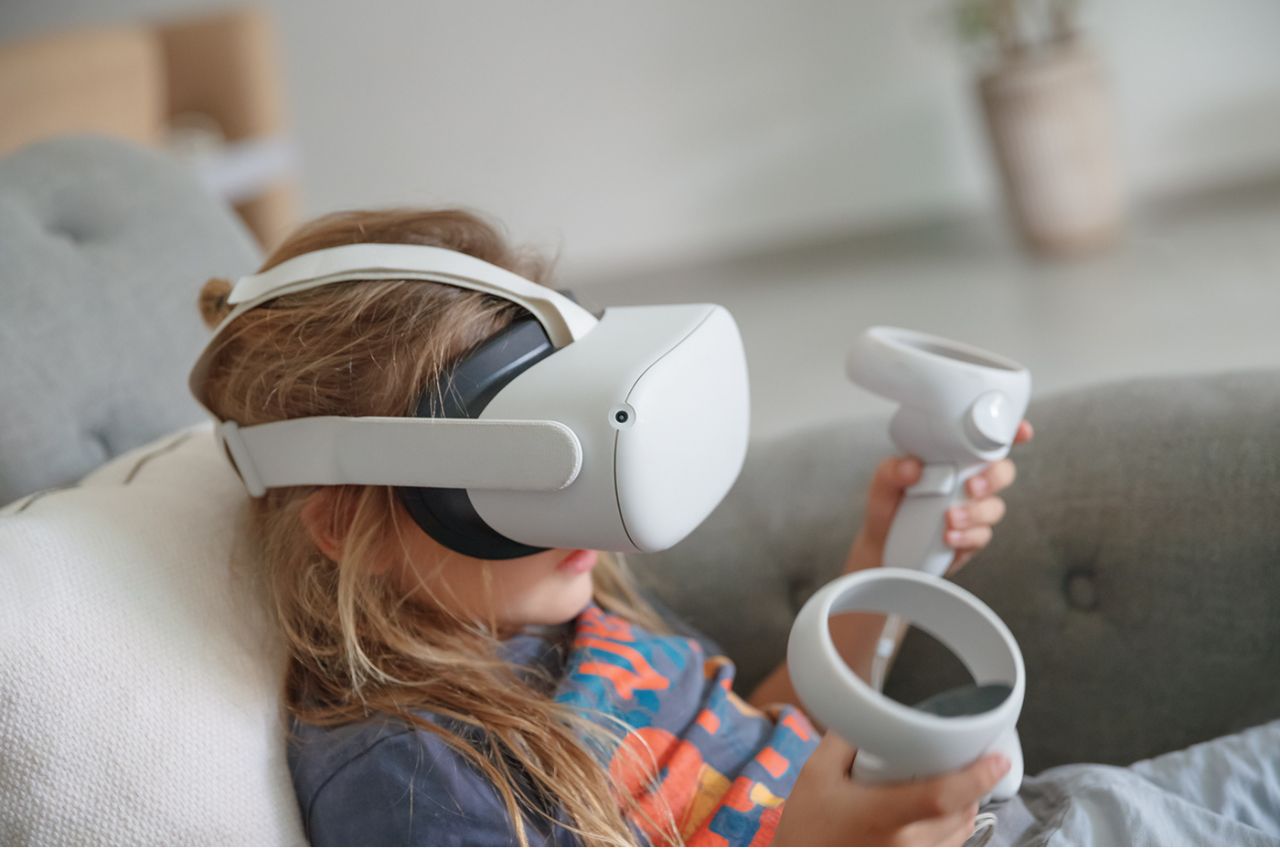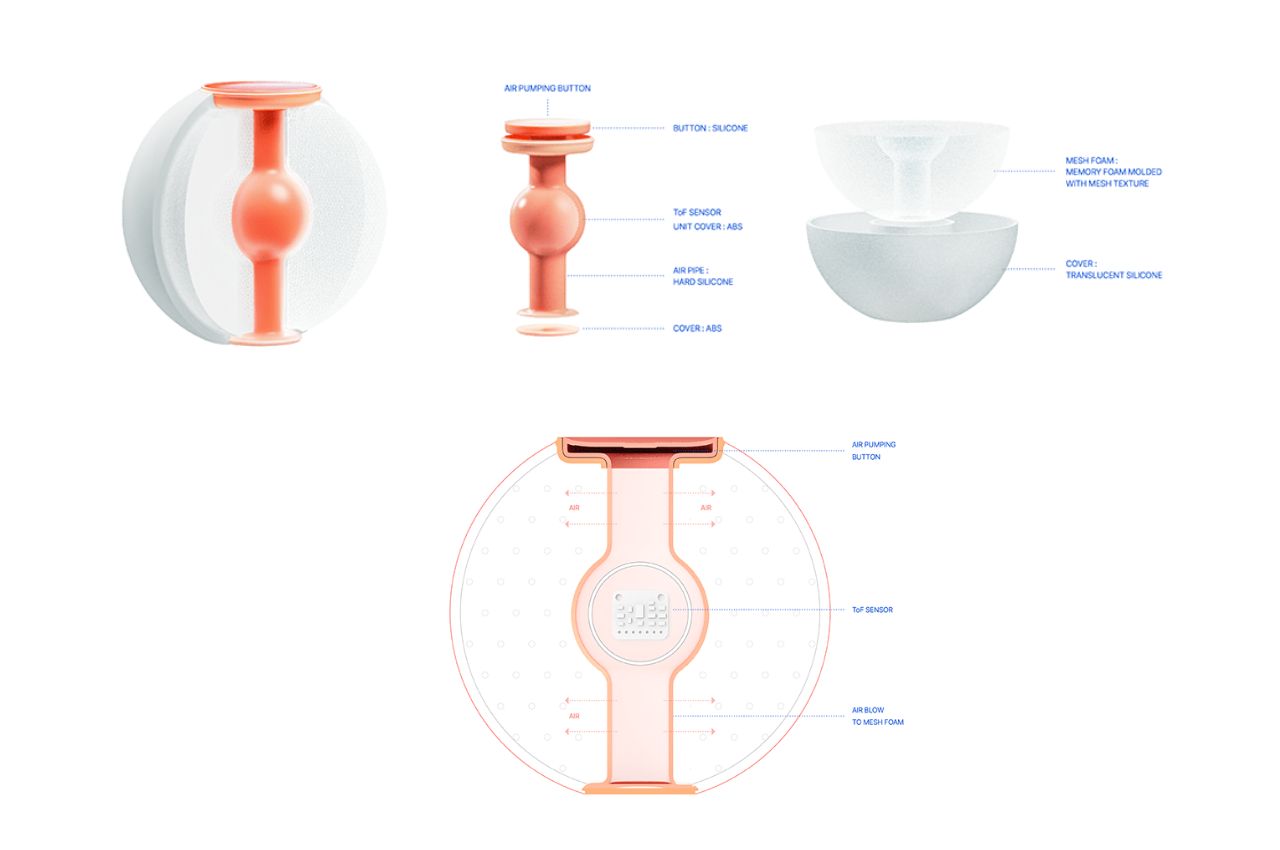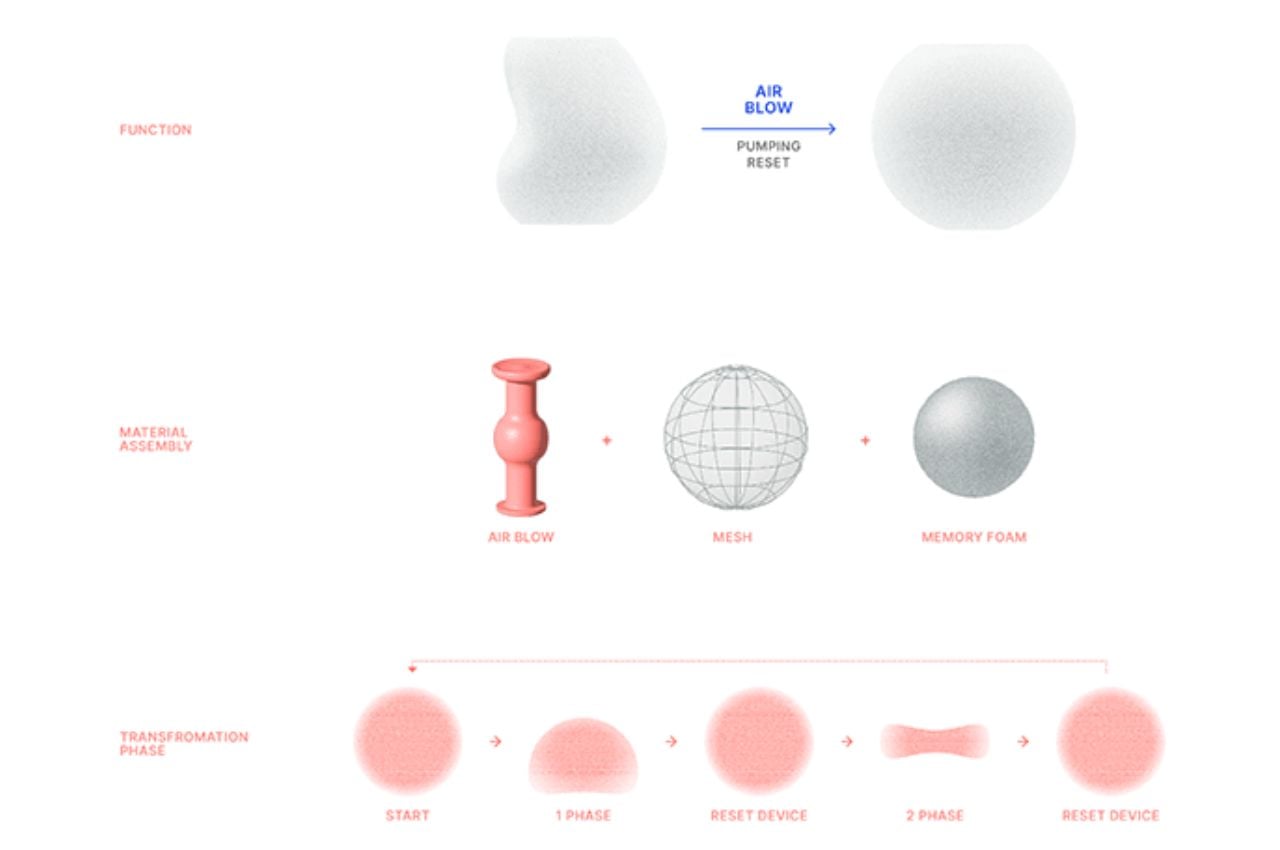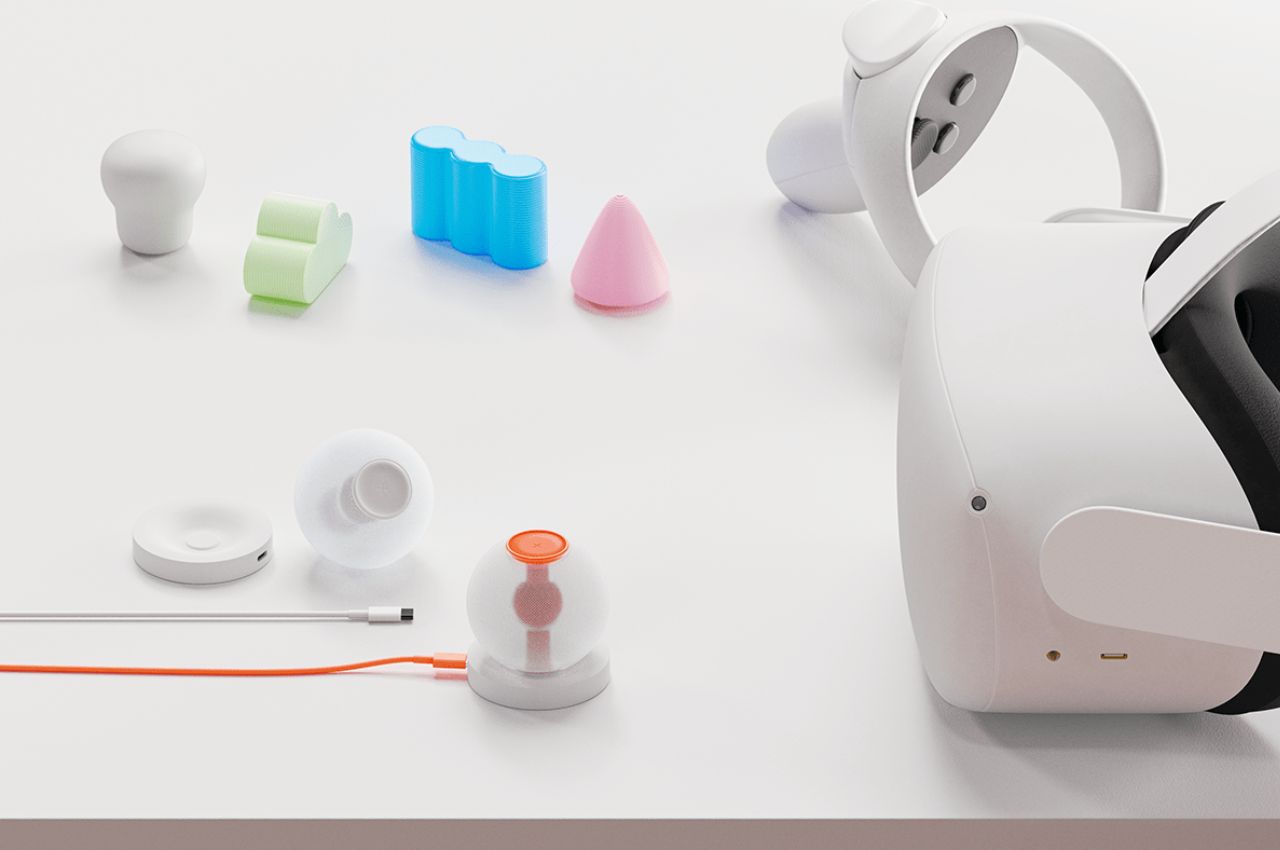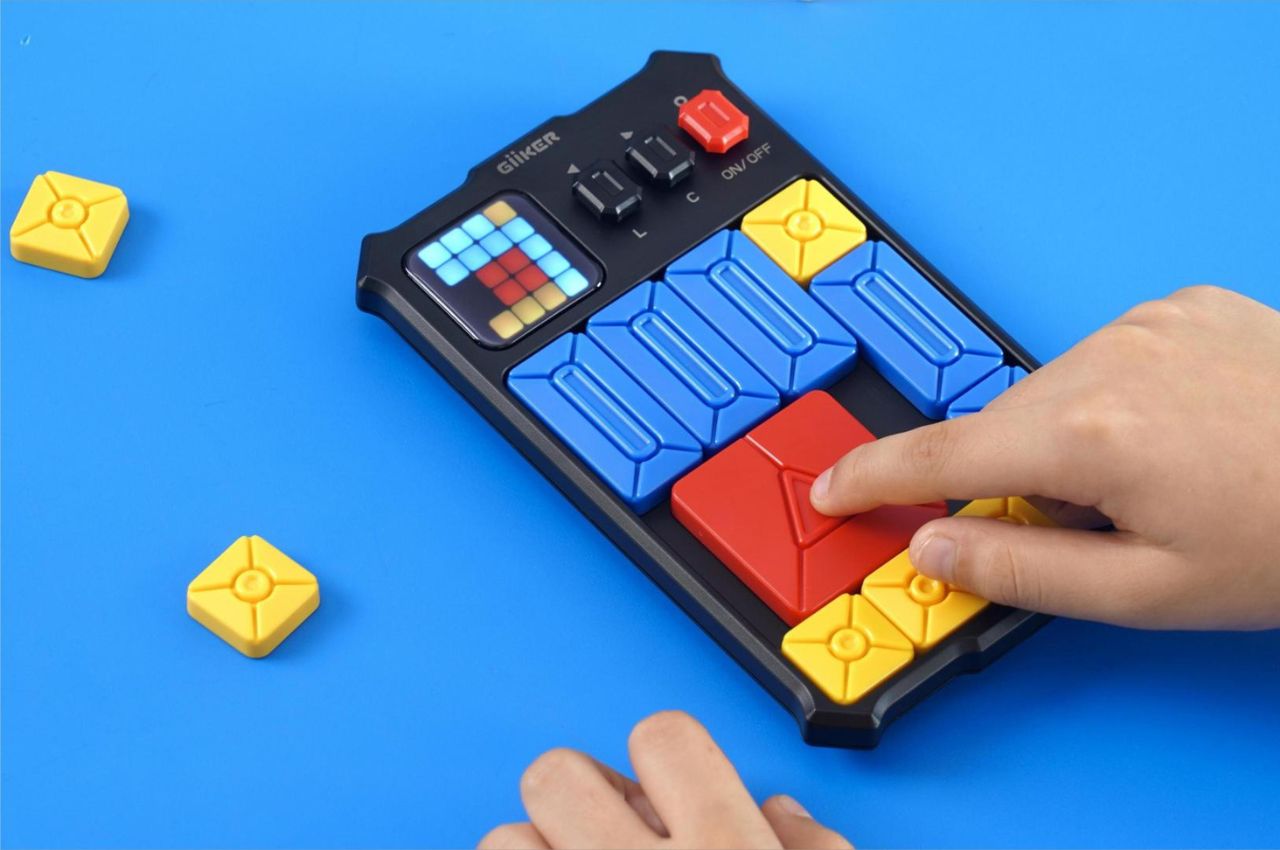
In the digital age, it is refreshing to see a game that not only captures the nostalgia of classic 80s-90s gaming but also incorporates cutting-edge technology to create an engaging and educational experience. Super Slide, developed by Giiker, reminds me of the good old ‘Nintendo Game Boy’ but with a screen for varied use. It is a game that combines the charm of retro design with the convenience of modern interactivity. This innovative sliding puzzle game is taking the world of edutainment by storm, offering a range of benefits for both kids and adults.
Designer: FS GiiKER Technology Co., Ltd

Super Slide is not just a game; it’s a complete puzzle experience. This innovative game breaks the limitations of traditional question cards by gathering a whopping 500+ challenges into one compact console. These challenges are displayed on an LED screen, eliminating the need for physical cards and making the game more environmentally friendly.
To enhance the replay value and boost confidence, Super Slide expands its repertoire of questions and organizes them into levels ranging from easy to hard. This approach ensures that players of all ages and skill levels can enjoy the game, from beginners to seasoned puzzle enthusiasts.

The game not only reduces screen time but also instills competitiveness among players, encouraging them to strive for improvement. Additionally, the learning mode helps users build momentum and gain a better understanding of the game, effectively training their minds while having fun.
One of the standout features of Super Slide is its attention to detail. The game board and tiles are equipped with magnets, providing a satisfying sense of touch as players rearrange the pieces. This tactile feedback enhances spatial rearrangement skills and concentration, making Super Slide a valuable tool for cognitive development.
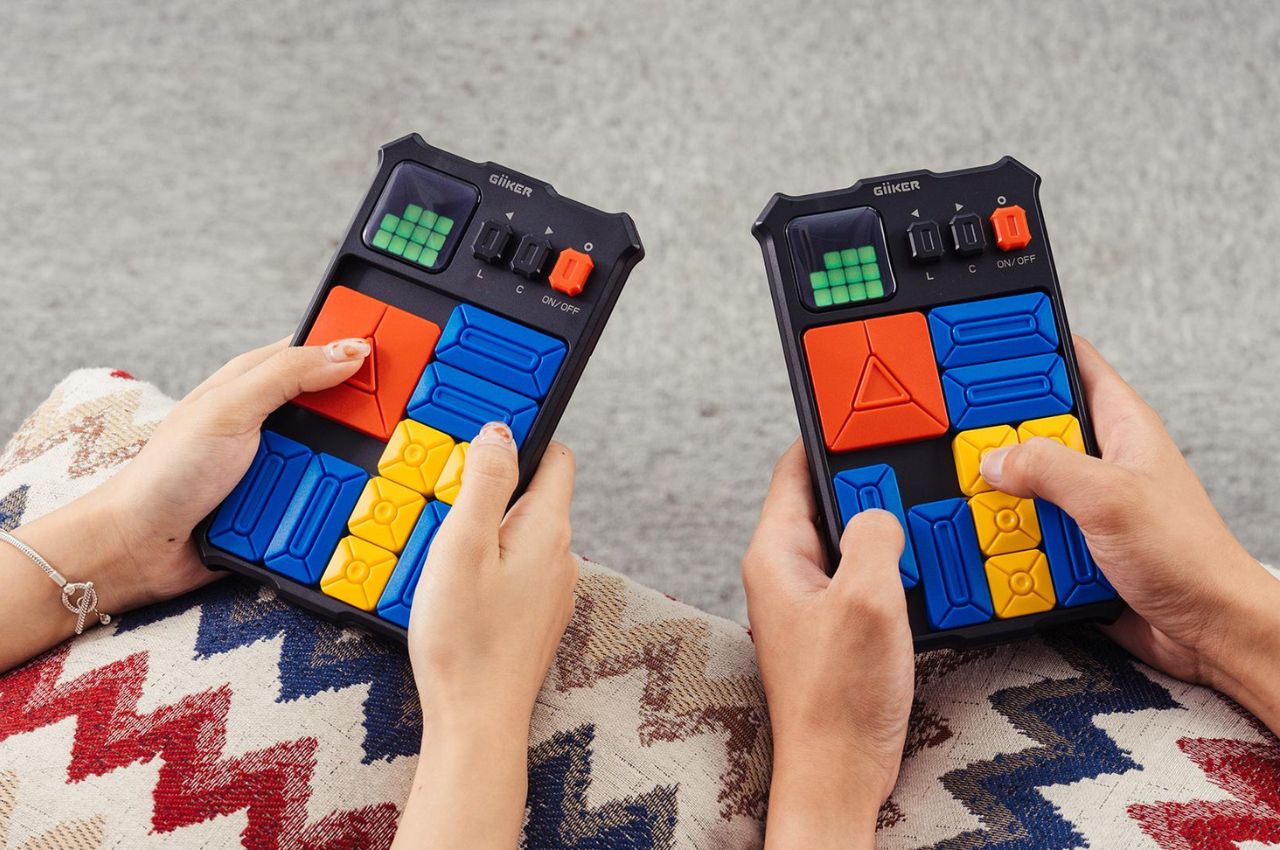
Giiker, the technology company behind Super Slide, is dedicated to the development of smart and connected edutainment products. Their mission is to provide children and adults with engaging, educational, and interactive experiences that promote problem-solving skills, logical thinking, and hand-eye coordination.
While Super Slide is designed with kids in mind, it has proven to be a hit with adults as well. Its blend of nostalgia and innovation makes it an enjoyable pastime for the whole family. In a world dominated by digital distractions, Super Slide encourages families to come together and spend quality time in an interactive and educational way.
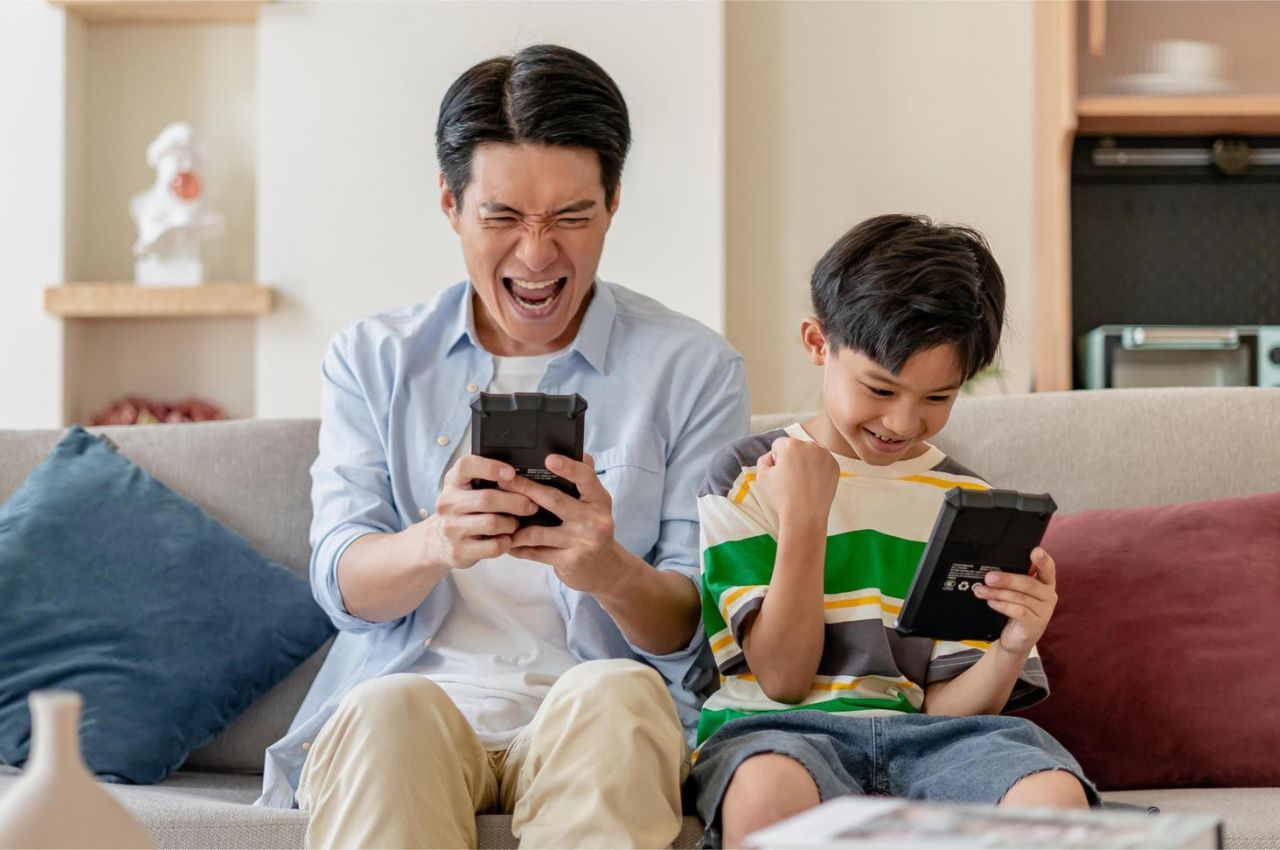
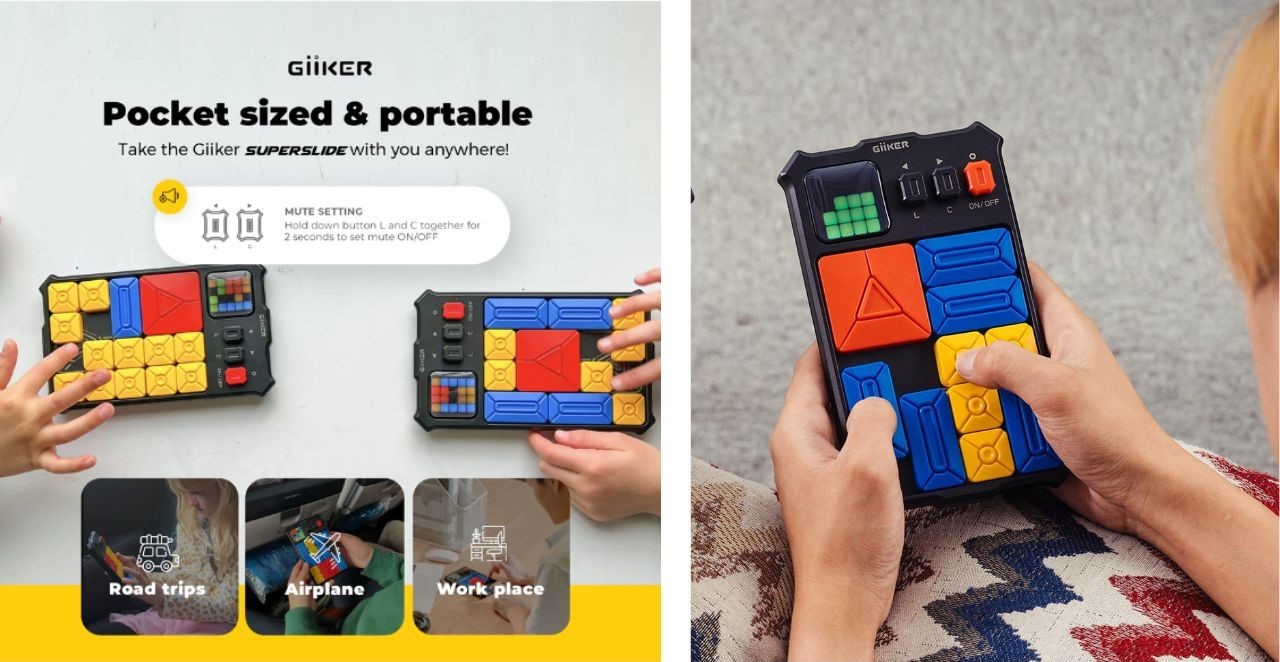
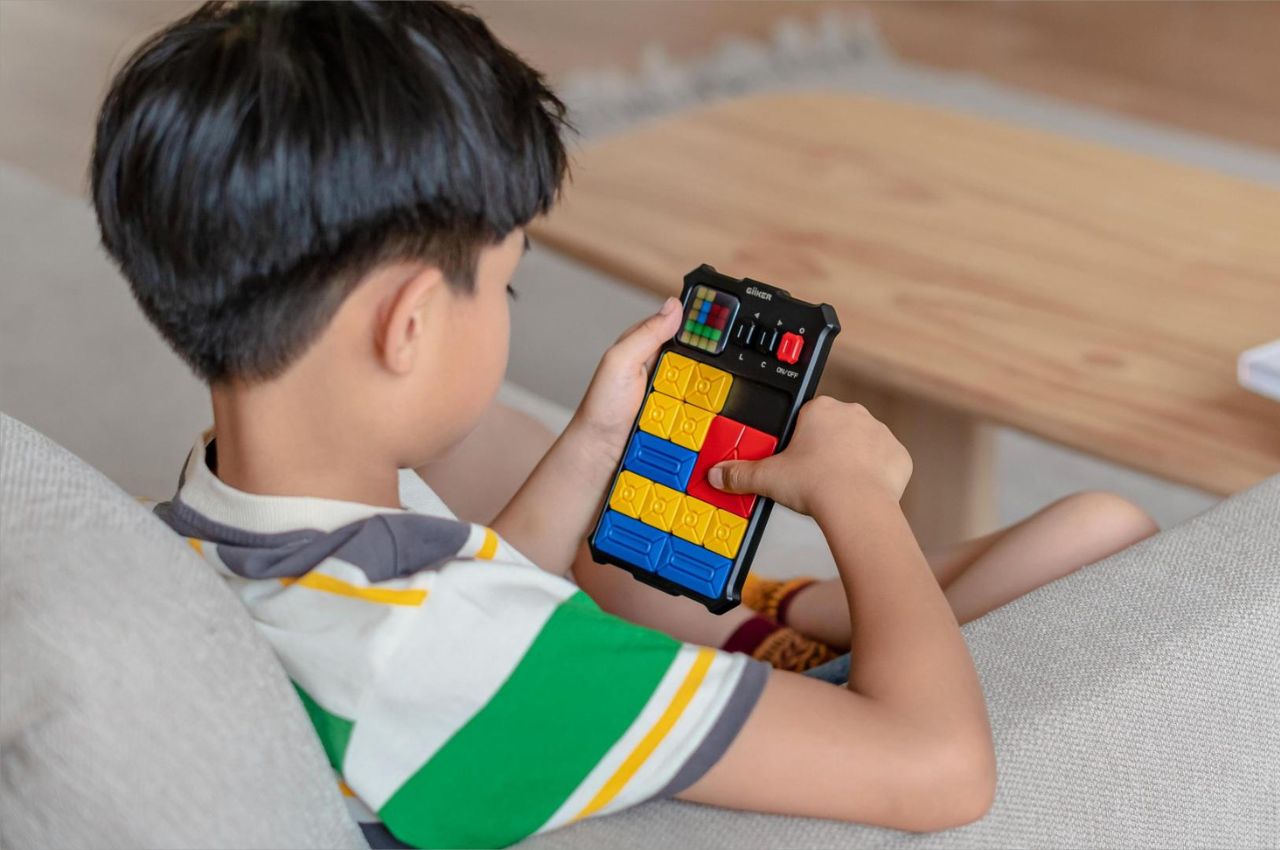
Super Slide is designed to be as portable as your smartphone. Its small and lightweight form factor means it can easily fit in your bag, making it an ideal companion for travel or keeping kids entertained at gatherings. Whether you’re on a long road trip or attending a boring party, Super Slide can turn downtime into a fun and engaging learning experience.
Super Slide by Giiker is a shining example of how technology and classic gameplay can be seamlessly combined to create an edutainment product that offers numerous benefits. It fosters problem-solving skills, reduces screen time, promotes competitiveness, and brings families closer together. With its nostalgic design and innovative features, Super Slide is not just a game; it’s a learning tool that encourages spatial reasoning, concentration, logical thinking, planning skills, and hand-eye coordination. So, it’s no wonder that this game has earned the green light from both kids and adults alike.
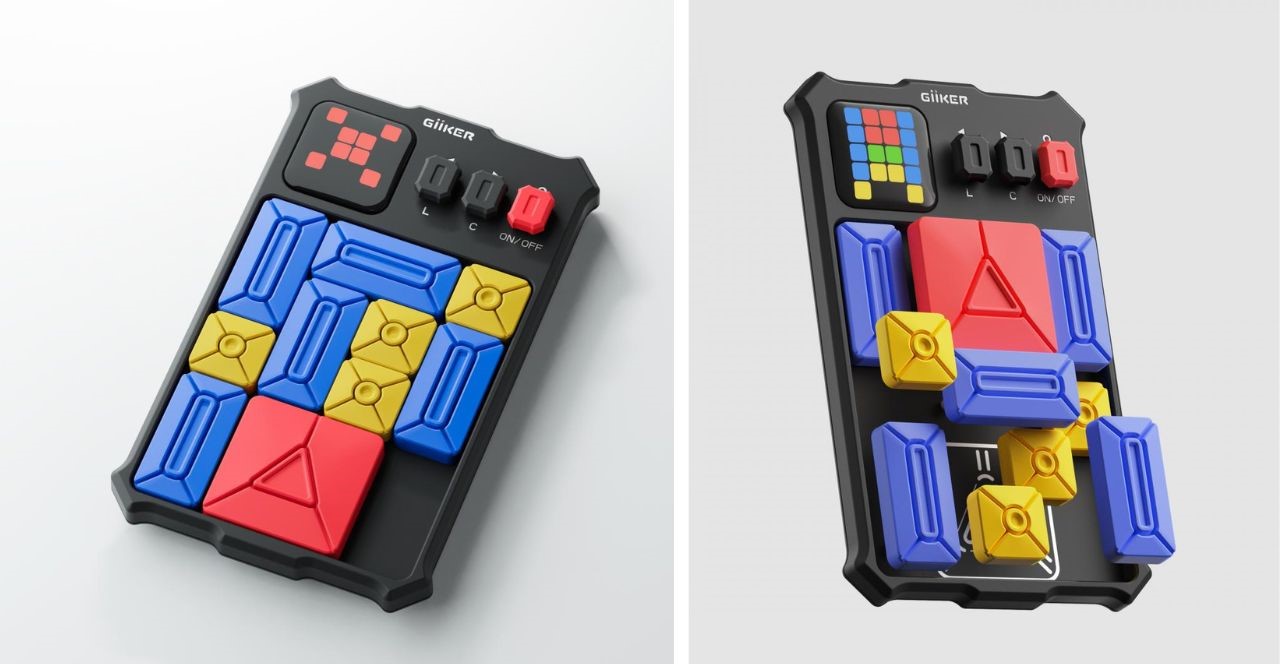
The post This Tetris-like Analog Game Keeps Your Kids Entertained and Their Minds Active first appeared on Yanko Design.

